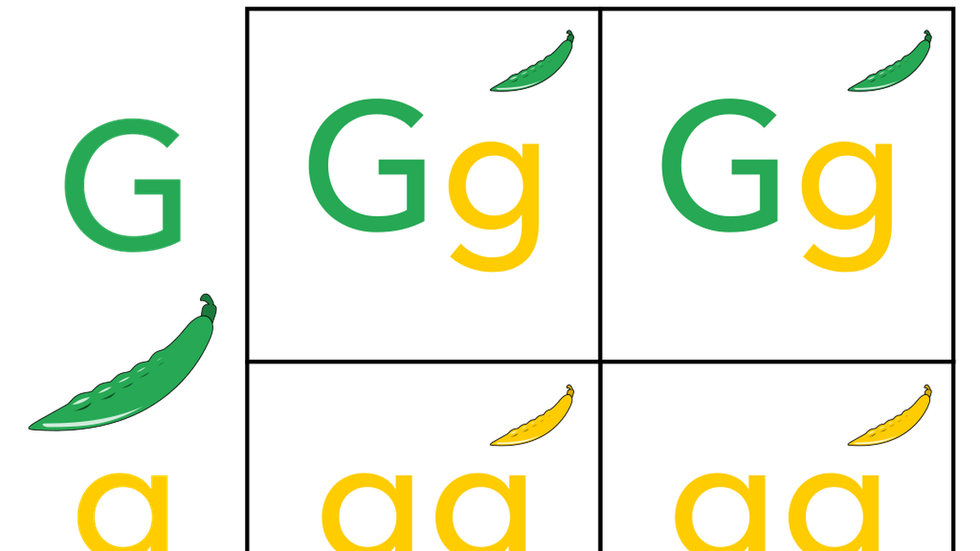The Punnett Square is a graphical tool used in genetics to predict the possible genetic outcomes of offspring when two individuals with known genotypes are crossed.
Origin and Naming
The Punnett Square is named after British geneticist Reginald Punnett, who pioneered its use.
Construction of Punnett Square
- Grid Formation: Imagine a grid, typically with four squares.
- Trait Listing: List the possible genetic traits of one parent along the top and side of the grid.
- Trait Combination: Fill in the squares by combining the traits from each parent.
- Outcome Representation: Each square represents a possible combination of traits that offspring could inherit.
Application in Biology
Punnett Squares are commonly used in biology to understand inheritance patterns, including dominant and recessive genes.
Relationship with Mendelian Inheritance
Researchers use Punnett Squares together with Mendelian inheritance, a fundamental concept in genetics discovered by Gregor Mendel, to study cross-breeding outcomes and understand genetic traits in offspring.
Multiple-Choice Questions (MCQs):
- Who is the British geneticist after whom the Punnett Square is named?
- A) Gregor Mendel
- B) Reginald Punnett
- C) Charles Darwin
- D) Francis Crick
- Answer: B) Reginald Punnett
- What is the purpose of a Punnett Square?
- A) To study animal behavior
- B) To predict genetic outcomes of offspring
- C) To analyze chemical reactions
- D) To measure environmental factors
- Answer: B) To predict genetic outcomes of offspring
- How are Punnett Squares constructed?
- A) By drawing circles
- B) By listing possible traits of one parent and crossing them
- C) By memorizing genetic codes
- D) By using statistical software
- Answer: B) By listing possible traits of one parent and crossing them
- Which scientist’s work is typically associated with the use of Punnett Squares?
- A) Charles Darwin
- B) Albert Einstein
- C) Gregor Mendel
- D) Louis Pasteur
- Answer: C) Gregor Mendel
